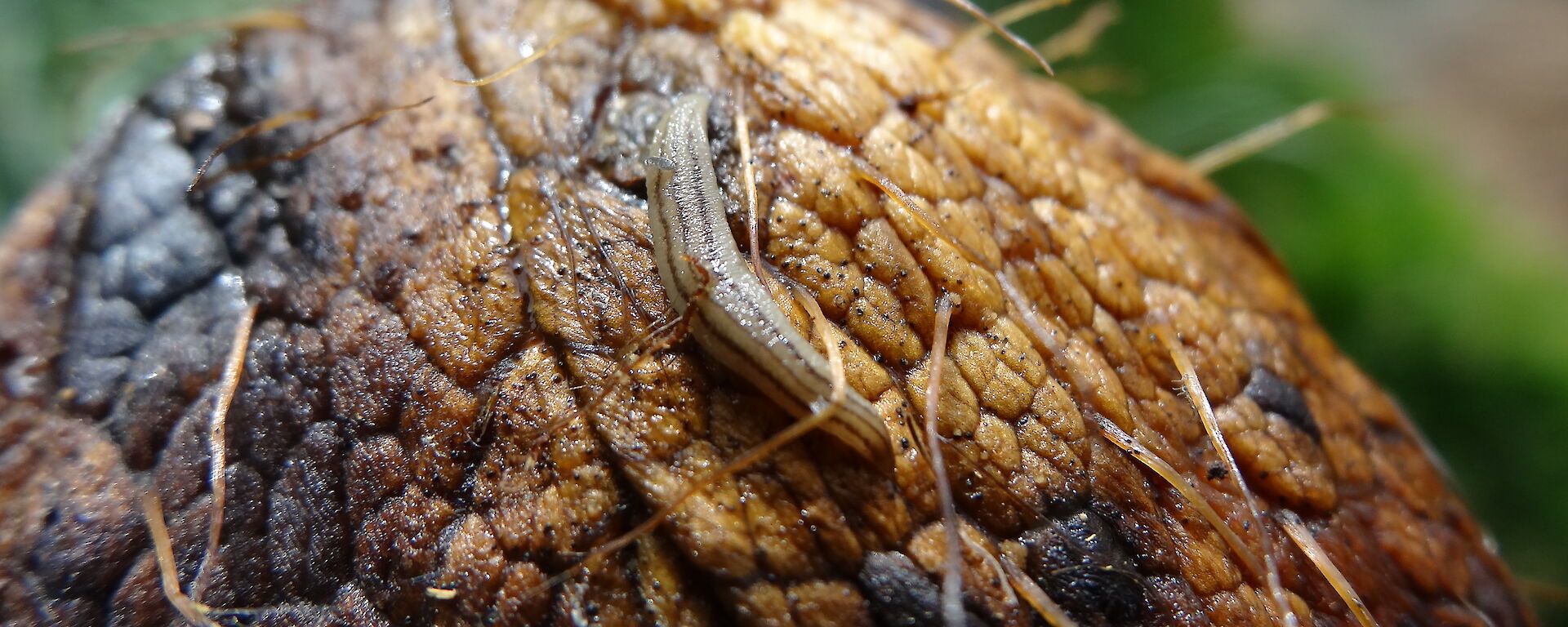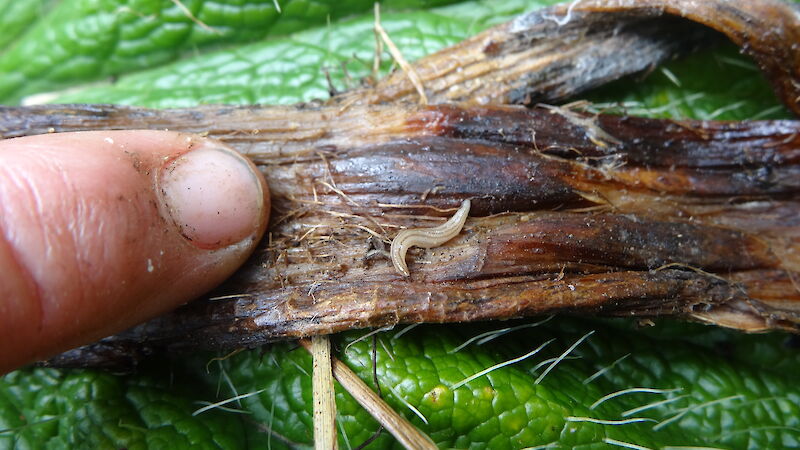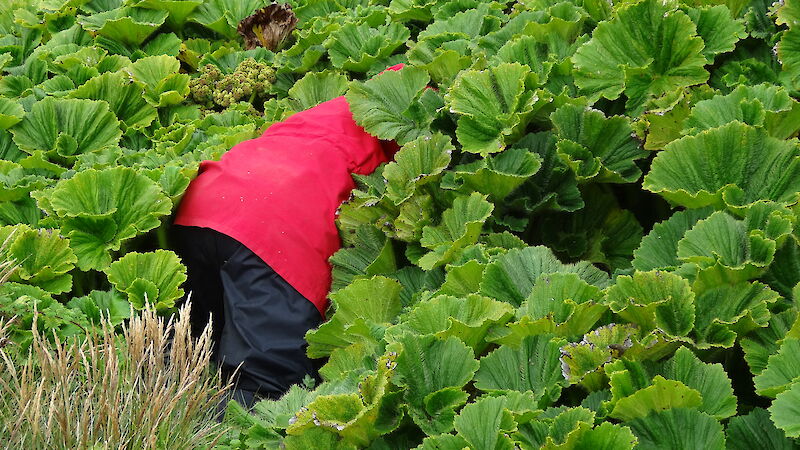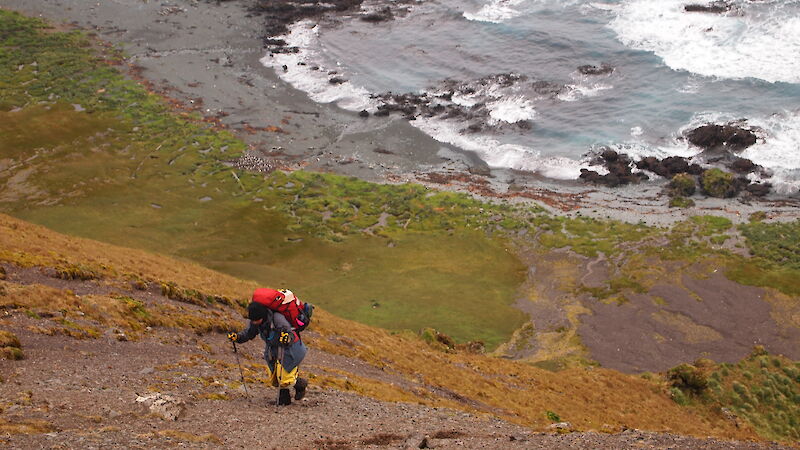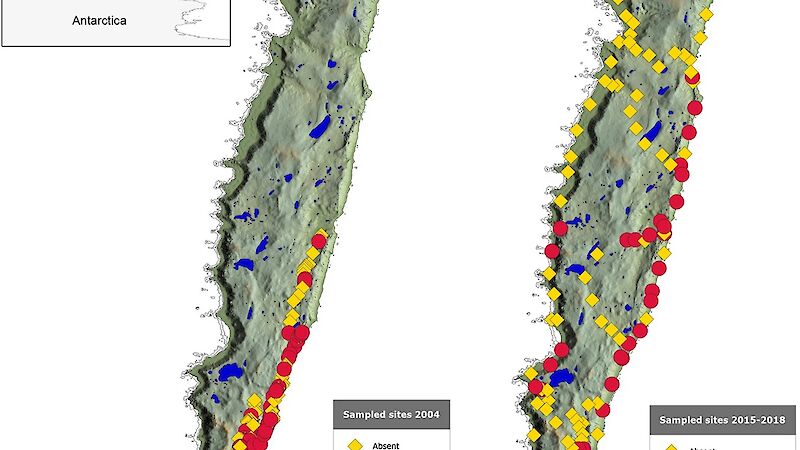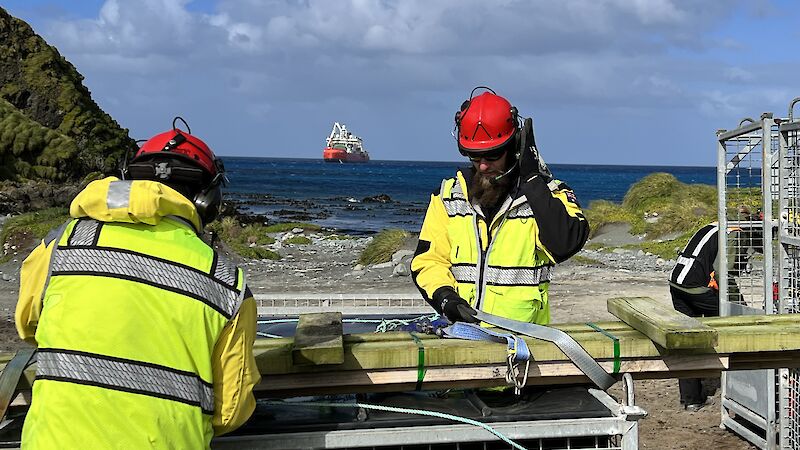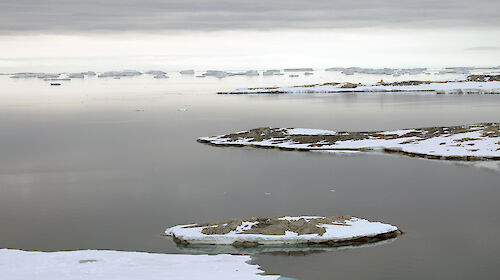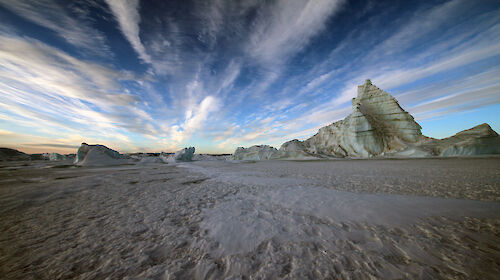Australian Antarctic Division ecologist Dr Justine Shaw said the non-native flatworm Kontikia andersoni first arrived on Macquarie Island from New Zealand with sealers and penguin harvesters more than a century ago.
“While not currently found in Australia, this flatworm is a serious agricultural pest in the UK because the species affects soil processes and eats the good bugs in the soil,” Dr Shaw said.
“The small invasive flatworm preys on other invertebrates and is very tough, able to reproduce itself if chopped in half.”
“It's like a feral cat of the invertebrates in the sense that it's eating all the native things.”

